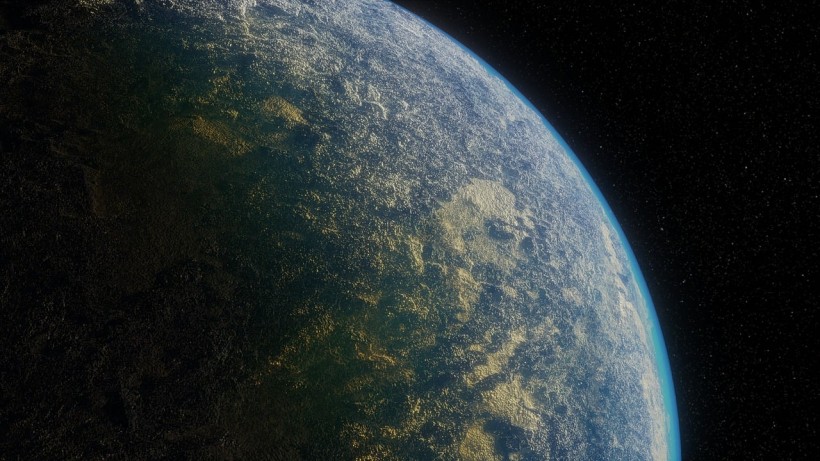In the quest for extraterrestrial life, scientists from the University of Birmingham and MIT pinpoint a potential clue: distant planets with low carbon dioxide levels. The hypothesis suggests that such depletion could signify the presence of oceans and plant life absorbing the compound.
Utilizing its capability to unveil exoplanetary atmospheres, NASA's James Webb Space Telescope is seen as a promising candidate for investigating these low levels.

Low Carbon Dioxide Levels on Distant Planets Could Indicate Alien Life, NASA's James Webb Telescope at the Helm
New Method Aims To Find the 'Holy Grail' of Exoplanet Science
Planets too close to a star, like Venus, are excessively hot, while those too far, such as Mars, are excessively cold. Meanwhile, those within the habitable zone are considered just right. Despite efforts to locate planets within theoretical habitable zones, confirming the presence of liquid water has remained a challenge.
In a recent breakthrough from the University of Birmingham, MIT, and other institutions, they propose that if an exoplanet exhibits reduced carbon dioxide in its atmosphere compared to neighboring planets, it could indicate the potential presence of liquid water on its surface.
Assistant Professor of Planetary Sciences at MIT, Julien de Wit, underscores the significance of this advancement in exoplanet science. The goal has been to identify habitable worlds and signs of life, yet crucial features have been beyond the reach of existing observatories.
This new approach offers a means to determine the presence of liquid water on distant planets, presenting a tangible possibility within the next few years.
Despite the detection of over 5,200 extrasolar worlds, assessing habitability has proven challenging. Current telescopes can measure a planet's proximity to its star and its orbital period, aiding in inferring habitable zones. However, the direct confirmation of liquid water, often referred to as the "Holy Grail," has remained elusive.
Current methods involve searching for glints, potential reflections of light off water, similar to the approach used to identify lakes on Saturn's moon Titan. While astronomers can detect liquid oceans in our Solar System by observing specular reflections, extending this technique to distant planets exceeds current technological capabilities.
READ ALSO: Exploring the Origins of Exocontinents: How Plate Tectonics Shapes Habitable Worlds
Solar System's Planets Inspire Novel Method for Extraterrestrial Life Indicators
Exploring far-off planets using current spacecraft technology is currently impractical, according to Martin Turbet, a researcher involved in the study. The researchers drew inspiration from the characteristics of terrestrial planets in the Solar System to develop the new method. They specifically looked at Venus, Earth, and Mars, which share rocky compositions and temperate regions.
However, Earth stands out for hosting liquid water and maintaining significantly lower carbon dioxide levels in its atmosphere, suggesting the influence of a robust water cycle with oceans.
Earth's oceans have played a pivotal role in absorbing carbon dioxide over millions of years, resulting in a marked depletion of the atmosphere compared to neighboring planets like Venus. The researchers' novel method involves identifying groups of terrestrial planets with close orbits, resembling the Solar System, and confirming the presence of atmospheres by detecting carbon dioxide.
Analyzing carbon levels helps grasp planetary compositions. While liquid water's presence doesn't ensure life, researchers suggest ozone as an additional indicator of habitability and potential extraterrestrial life. This molecule, formed through life's interaction with carbon dioxide, may serve as a crucial marker for life beyond our solar system.
RELATED ARTICLE: 6 Billion Earth-Like Planets Could Be Filling the Milky Way Galaxy, Astronomers Say
Check out more news and information on Space in Science Times.














